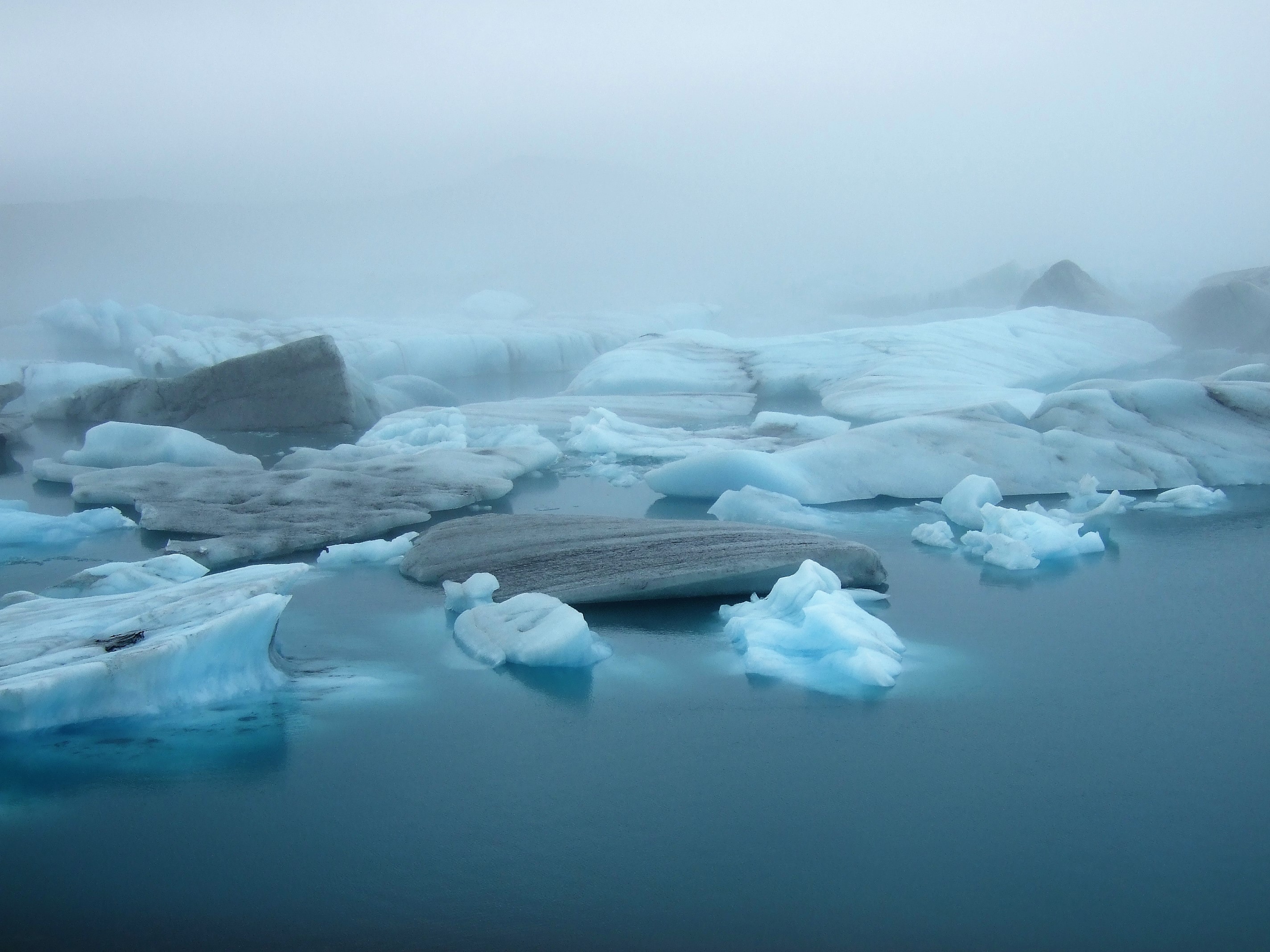
Many of us have heard of the “Great Pacific Garbage Patch,” where all of our plastic pollutants seem to end up. It’s a soupy, oceanic gyre and a vast expanse of ugliness that poses a great danger to the animals living in that habitat. But did you know that pollution is now just as dense in the Arctic? Recent findings from Imperial College London have shown pollution in our northernmost ocean to be just as bad as that in the tropics. If you needed yet one more nudge to reduce your plastic consumption, this is it.
Plastic is becoming a dirty word these days and quite rightly so. Plastics, as we know them, were born from coal tar in 1908 by Leo Baekeland. Research boomed, and one type of plastic after another was churned out and mass-produced continually through the 20th century. From a chemist’s or inventor’s perspective, these innovations were the stuff of miracles. New, incredibly malleable materials, plastics would revolutionize our world. It was a great tragedy that those simply wanting to create at the time did not foresee the problems that would result. It just wasn’t on the radar at the time to consider the life cycle of these products, which includes the ability to biodegrade.
We’ve got three categories of plastics: reusable, recyclable and non-recyclable. The first–in theory–don’t seem too bad. We’re talking tupperware boxes, multi-use coffee cups, “bags for life,” and the like. But many of these are harder plastics than one-use equivalents and are often incredibly difficult to break down and recycle into something else afterward. Next up, we’ve got recyclable plastics. So, these are your milk cartons, water bottles, yogurt pots, etc. Cheap, once-use items that the consumer can easily recycle. Again, these don’t seem too bad. Except the problem is that the responsibility lies with the consumer. Those who don’t see the importance of recycling will send these items straight to landfill. Did you know that just 5% of plastics are recycled effectively? The rest face a slow and painful demise. And then finally, the worst of the bunch: the non-recyclables. These are those black vegetable trays, salad bags, and thousands of other items that have no alternate ending to sitting around for centuries causing more trouble than they’re worth.
But we’ve got a larger problem than plastic items filling up our soil. They are infiltrating our oceans in the ways listed below.
- Blown away from overflowing trash cans. We see piles of trash spilling over the top of a bin, and it indicates that those using it do actually want to do the right thing. However, a windy day, lack of lid, and piles of items on the sidewalk result in a flurry of ugliness that finds its way into storm drains. From here, the weathering process of being in the water breaks that item down into smaller components. This is what starts the global disaster we currently have with microplastics. Once plastic ends up in the ocean, it’s subjected to physical weathering by wave action and chemical breakdown from sunlight.
- Direct littering into waterways. Whether it’s leaving a plastic fork at the beach or throwing a bottle overboard on your cruise, many of our plastics end up directly in the ocean when we choose not to take responsibility for our waste. A friend of mine was devastated when he was on a tourist boat in Malaysia and saw the cleaners sweeping all the consumable waste overboard. The Ocean Conservancy found that lack of proper waste management meant that only 5 countries are responsible for approximately half of our ocean waste. These are China, Indonesia, Vietnam, Thailand, and the Philippines. Improving procedures in these nations would have a global pay-off.
- Microplastics down the drain. Whether it’s small fibers coming off our garments when we wash them or those face scrubs containing pesky little microbeads, the smaller the plastic entering the ocean, the harder it is to action a clean-up and retrieval process. If it is the size of a pencil dot, it’s gone forever, likely to be ingested by an organism unaware of the plight that it will face in its future.

The Arctic Ocean is just like any other, controlled by powerful currents that carry water from further south on the planet up towards the pole. But unlike the Atlantic and Pacific, where gyres concentrate plastic in patches, the Arctic is essentially one giant patch. It’s unclear at present whether plastic goes here to die, or whether it continues its journey moving south into other ocean bodies. But what is clear is that even the furthest reaches of our planet–places where very few humans go–feel the effects of our carelessness. What we do each day serves as a ripple of either life or death around this world. Choose wisely when you’re next consuming, or that coffee cup might just find itself in a much colder climate, agitating the mighty polar bear.
Also by Kat: This Latest Wellness Trend Is Going To Make You Embrace Your Dark Side
Related: A Few Smart Initiatives Stand Between Global Warming and Utter Devastation of Our Oceans
Why Being Vegan Helps the World’s Oceans
Get more like this—Subscribe to our daily inspirational newsletter for exclusive content!
__
Photo: Kat Kennedy, Pexels
